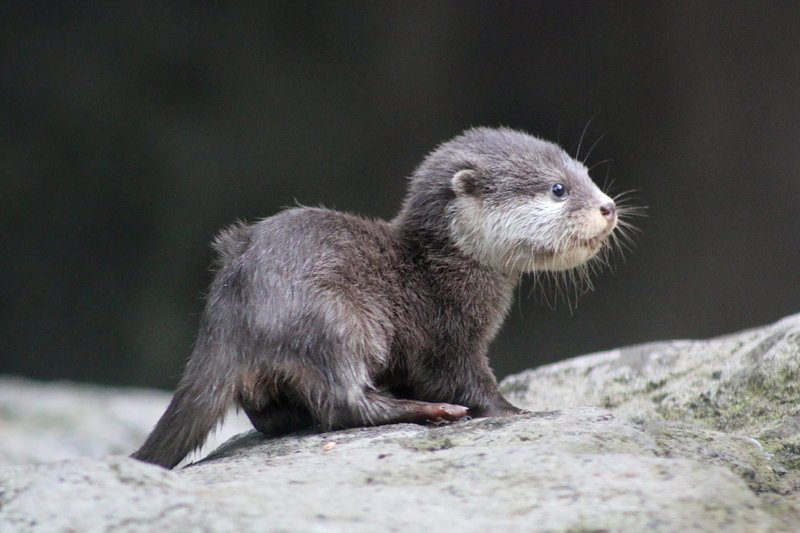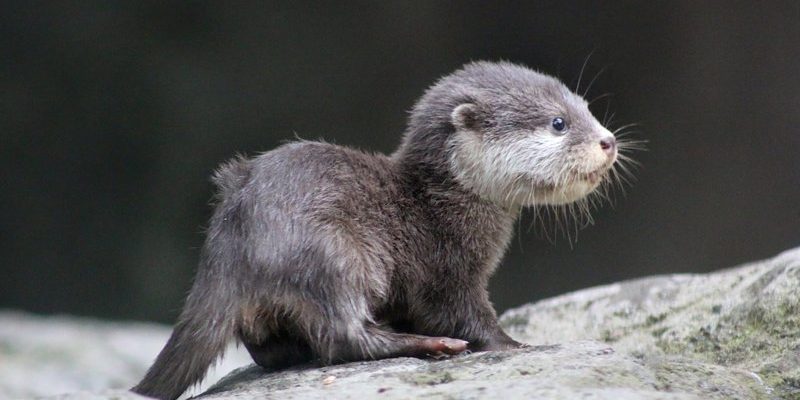
Otters are often seen as symbols of playfulness and curiosity, but they can also represent deeper themes like adaptability and community. Different cultures have their own interpretations, blending myth, nature, and human experience in fascinating ways. So, let’s dive into the world of otters in culture and folklore—it’s a journey that promises to be both enlightening and entertaining!
Otters in Native American Mythology
In many Native American cultures, otters hold a place of high regard. The Ojibwe, for example, view otters as symbols of play and joy. They represent the playful spirit of nature, reminding people not to take life too seriously. In stories, otters are often depicted as tricksters, much like the coyote or raven in other legends. This playful trickster aspect helps teach valuable lessons about humility and the importance of laughter in life.
Otters are also seen as creatures with a deep connection to water, representing healing and nourishment. In some tribes, they are believed to possess the ability to communicate with the spirit world. Their presence is thought to bring peace and a sense of belonging, especially in tough times. This highlights the strong bond between humans and nature in these cultures—showing how observing otters can teach us about joy, adaptability, and community.
Symbols of Community and Family
When we look at otters, their social structures stand out. They are known for their strong family bonds and cooperative behavior. For many cultures, this communal aspect of otters symbolizes the importance of family and teamwork. In stories and folklore, otters often serve as reminders that we are stronger together, echoing the human experience of seeking connection with others.
In some stories, otters are depicted holding hands while they sleep, ensuring they don’t drift apart. This practice is often seen as a powerful representation of unity and support. Such imagery speaks to the human desire for companionship and safety, making otters relatable figures in folklore. They remind us that no matter how tough life gets, having a support system makes all the difference.
Otters in Celtic Folklore
Moving to Celtic lore, otters are sometimes associated with the goddess of love and fertility, Brigid. In these stories, otters are seen as creatures of the water, much like fairies. They are believed to be guardians of hidden treasures and secrets of the deep. This connection to water aligns with the idea of otters as guides—helping people navigate life’s journey with wisdom and playfulness.
Also, in Celtic mythology, otters often appear as shape-shifters, able to transform into humans. This ability serves as a metaphor for change and adaptability. Just like otters can slip between water and land, people are encouraged to embrace their own transformations in life. This playful adaptation shows how humans, too, can navigate the shifting tides of their experiences.
The Otter in Asian Folklore
In Asia, otters appear in various stories and legends, symbolizing intelligence and playfulness. In Japanese folklore, otters are often viewed as messengers of the gods, bringing good fortune and prosperity. Their joyful nature and cleverness highlight the importance of wit and resourcefulness, especially in challenging situations.
Additionally, in some regions of Asia, otters are believed to bring rain. Their playful antics on water are thought to signify changing weather patterns, and farmers often hope for their presence during dry seasons. This relationship between otters and nature represents a deep respect for the environment and an understanding of the interconnectedness of all things.
Modern Representations of Otters
Today, otters continue to capture our hearts and imaginations in popular culture. From animated films to children’s books, they are often depicted as friendly, clever, and endearing characters. This modern portrayal aligns closely with their historical significance, reminding us of the joy and playfulness they embody.
Furthermore, otters have become symbols of conservation efforts. As indicators of ecosystem health, their presence in waterways signifies a balanced environment. Many organizations use images of otters to promote awareness and protect their habitats, making them ambassadors for wildlife preservation. This modern representation highlights not only their cultural importance but also encourages people to take action in safeguarding our planet.
The Otter as a Spiritual Guide
In various cultures, otters are seen as spiritual guides, helping humans connect with their inner selves. The gentle, playful spirit of the otter encourages people to embrace their light-hearted side in life. This connection serves as a reminder that joy can be found in everyday experiences, pushing us to explore our creativity and curiosity.
Additionally, many believe that seeing an otter or dreaming of one can signify a need for balance in life. Just like otters effortlessly glide through water, we’re reminded to find harmony amidst the chaos. When life gets overwhelming, reflecting on the qualities of the otter can help us find our playful side again, allowing us to create a healthier mindset.
Otters have woven their way through many traditions, embodying themes of play, community, and adaptability. From Native American mythology to Japanese folklore, these creatures have captivated our hearts with their charm and wisdom. They teach us valuable lessons about family, connection, and the importance of finding joy in our lives.
As we continue to explore these delightful animals in culture and folklore, it’s essential to remember their role as symbols of nature’s balance. By understanding the significance of otters in various traditions, we gain insights into our own lives and the world around us. So, the next time you see an otter, take a moment to appreciate not just the creature but the rich tapestry of stories and meanings it represents. Embracing these lessons can encourage us to live with a little more playfulness and a lot more heart.

